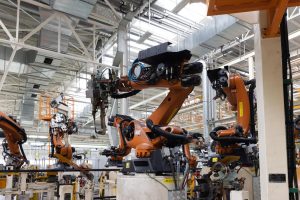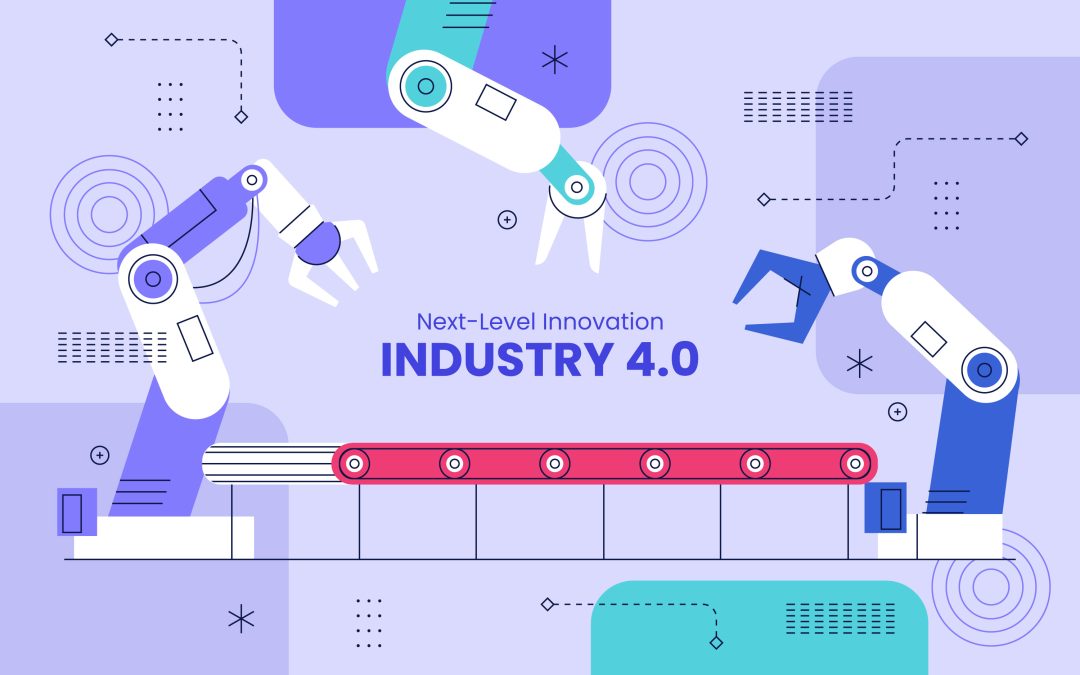Automation has been in existence for so many years as a way of performing tasks in one form or the other. But the days of the Industrial Automation Revolution ushered in new levels of automation that included inventions such as the conveyor belt, the power loom and the steam engine and many types of industrial automation systems.
These industrial automation systems revolutionized industry and brought efficient production on a very large scale. One will learn how the society in ancient Greece invented water mills to decrease on the amount of work being done with their bare hands and also how the society in 12th century invented windmills.
Today, automation covers a broad spectrum of processes and structures that are intended to optimize the efficiency of manufacturing and introduced minimum using a human hand.
Understanding Industrial Automation
Industrial automation means utilizing control packages like computers or other robots and information technology to command various operational procedures and equipment in industries. This reduces the chances of interference by human beings and enhances efficiency and output of the given job.
Automation in today’s perspective ranges from simple aspects like the conveyor belts to much advanced things like the robotic arms moving on the assembly line to having very few or no operators at all.

4 Common Types of Industrial Automation Systems
There are four main types of industrial automation systems: There are four levels that have been developed and are commonly used: Fixed Automation, Programmable Automation, Flexible Automation, and Integrated Automation.
There are some differences and that is why it is essential to describe each type of industrial automation as we will see later.
1. Fixed Automation
As the name implies, the fixed Automation, also referred to as the hard automation plays specific role and is used for certain tasks. These industrial automation systems can be used to achieve high levels of efficiency especially in the use of machines in production lines where similar products are manufactured.
Examples:
Automated Conveyor Belts: It transports products through a line of manufacturing without the use of the worker hand, used in food packaging and car manufacturing industries.
Automated Assembly Machines: These are machines which are designed to have specific parts of products repeatedly assembled in them as in the manufacturing of electronic devices.
Checkout: Different Types of Motors Used in Industrial Automation
2. Programmable Automation
Programmable Automation enables the programming of machines in such a way that they can be used for different functions. It is widely applied in cases where the process, required for manufacturing, must be changed from one product to another, for example in producing a large number of different items.
Examples:
CNC Machines: Computer Numerical Control machines can be programmed to produce various parts with different specifications.
Industrial Robots: These can be programmed to perform a variety of tasks, from welding to assembly.

3. Flexible Automation
Flexible Automation has the use of computers to control various processes and it can freely be adjusted to other changes in the production process without the need for large amounts of time. These industrial automation systems are also suitable for facility that deals in products that require production methods to change frequently.
Examples:
6-Axis Robotic Arms: These can be programmed to carry out some operations such as drilling, putting together, and even packing.
Industrial 3D Printers: These printers could easily move around and switch from one particular design to another due to the software commands.
Checkout: Key Difference Between Industrial Automation and Robotics
4. Integrated Automation
Integrated Automation means the production process that is highly automated where the entire process is controlled with a central computer. In this case, design is even brought under automation as much as possible thus minimizing human interaction with production.
Examples:
Lights-Out Manufacturing: Whole plants run autonomously, employing robotics and sophisticated remote control to manage production and almost everything else.
Automated Material Handling Systems: This involves the use of robotic arms, conveyor belts and cranes among others all integrated in a conveyor system.
The Future of Industrial Automation
This is because as system technology improves, it is becoming hard to separate between the types of industrial automation systems. Programmable and flexible automation is being tied more often with fixed and programmable automation that makes use of fixed industrial automation system, especially in the sector of manufacturing industries.

Furthermore, in the context of the so-called Industry 4. 0, Nowadays, smart factories are applying advanced technologies such as Internet of Things (IoT), Artificial intelligence (AI) and big data for other new levels of automation.
Conclusion
Seven factors that determine the choice of automation system include the number of items to be produced, the number of different products, and cost consideration among others.
Fixed automation is best used in plants where a product is produced in large lots with little or no fluctuation in demand while the programming and flexible automation systems are more appropriate for use where there is frequent change in the demand of a product.
Integrated automation is the most efficient but one of the priciest ones at the same time. With the market for industrial automation rapidly expanding it means that manufacturers need to pay close attention to which technologies are becoming the up-and-coming trends.
